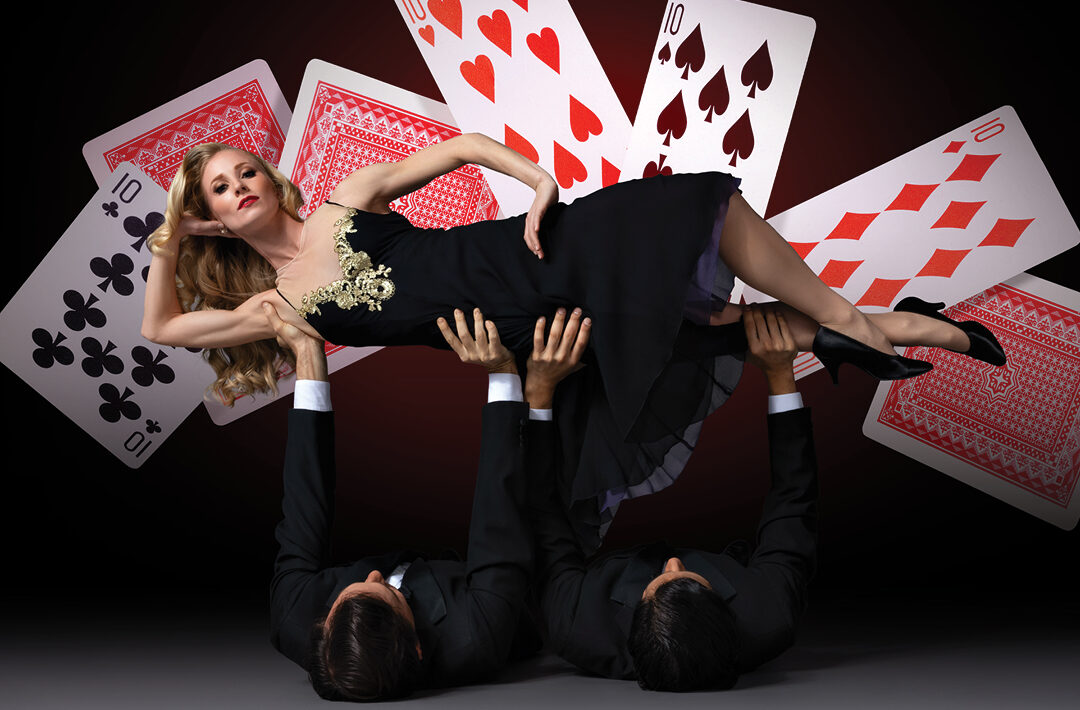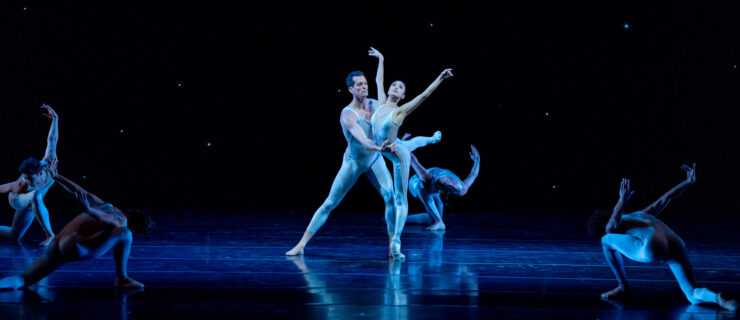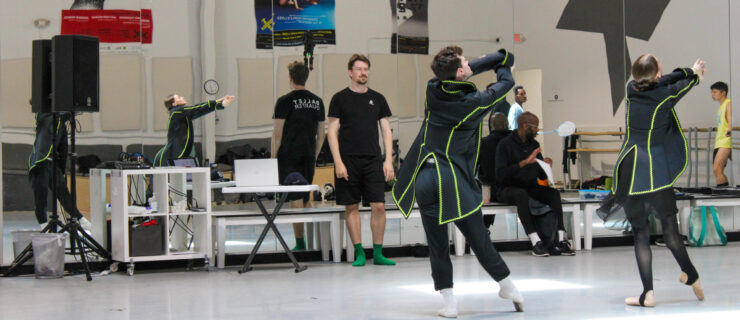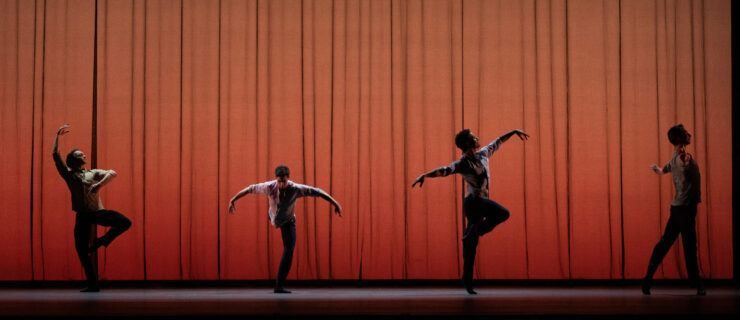The Big Screen Hits the Stage in Ballet Arizona’s Moving Movies
Balletomanes are familiar with seeing their beloved art form on the big screen. But what about the other way around?
This month, Ballet Arizona takes the idea of cinema—from its tropes to its stars and behind-the-scenes magic—and brings it to life with Moving Movies. Written and choreographed by BAZ company member Nayon Iovino, the world premiere runs at the Phoenix Symphony Hall February 15–18 and features live accompaniment by the Phoenix Symphony. Weaving together scores from cinematic classics like Mary Poppins, West Side Story, La Dolce Vita, and the James Bond and Indiana Jones franchises, the ballet tells a comedic tale about creation, jealousy, and originality.
Iovino is also the company’s resident choreographer and has created nine ballets for BAZ since his choreographic debut in 2013. Moving Movies is his first full-length ballet—one with an added challenge, he says, because he wrote the libretto himself.
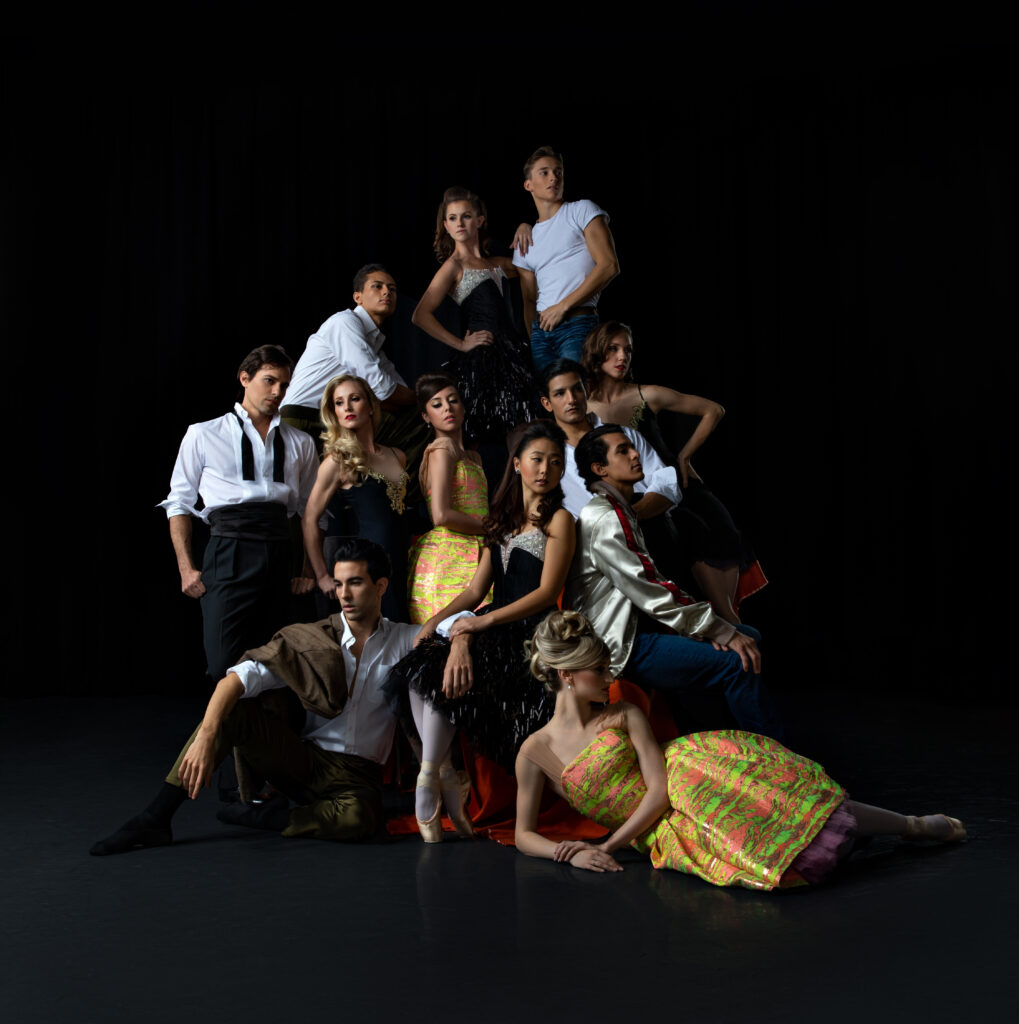
The story begins with a successful Hollywood director on set for his new spy film. The scene is complete with camera operators, actors, and backdrops, with the intent, Iovino explains, of pulling the audience behind the scenes. That night, a jealous cast member, who is an aspiring moviemaker, kidnaps the director, holds him captive, and steals his book of ideas for her own. She forces him to describe his two best visions (prompting two divertissements reminiscent of West Side Story and La Dolce Vita) before the ballet’s hero, another cast member who’d seen the villain plotting, can break him free. A chase scene follows, and then other action-packed scenes that utilize prerecorded material projected onto a screen—with the dancers at one point appearing to run into the screen itself. Credits even roll at the ballet’s end.
Fellow BAZ dancer Ethan Price is one of the camera operators in the ballet, a role that requires somewhat different skills from him than usual. Along with locomoting necessarily “hefty” camera props onstage, Price has enjoyed tackling the choreography from a section inspired by the movement of Charlie Chaplin.
“It’s really fast, it’s really punchy, and it’s a lot of fun,” says Price, who describes Iovino’s choreographic style as human and approachable, especially in Moving Movies. “This ballet is unique in that we have so many different themes with all the different movies,” he continues. “And each of those stories has its own distinct flavor. I feel like that opens up the opportunity to have a lot more personality.”
To prepare for the task of braiding together so many cinematic references, Iovino spent last summer watching dozens of movies and listening to notable scores. He worked with BAZ principal conductor Matthew Kasper to solidify the ballet’s music, navigating the strict usage rights and availability of orchestral arrangements.
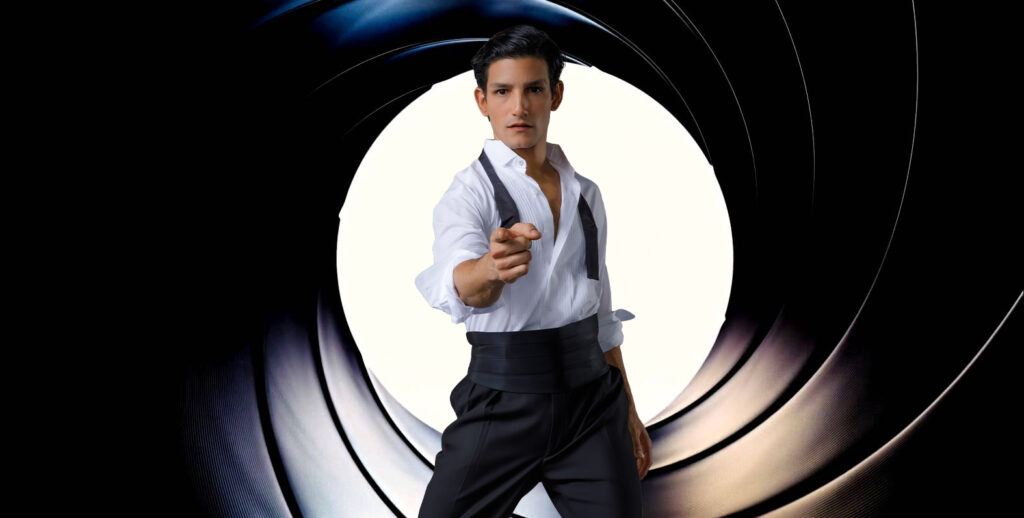
“I began choreographing in September,” says Iovino, “but a lot of people didn’t get back to us [about rights] until about three weeks ago. I had to change three pieces of music and refit those scenes to them.”
That meant in one case shifting the choreography from a 4/4 time signature to 3/4—not an easy undertaking, Price says. He and the other dancers planned some additional research of their own with company movie nights.
Price adds that since many of the characters that Moving Movies references are pop-culture icons, character development has been somewhat easier. “When you say ‘Bond villain,’ you get the idea immediately,” he says, as opposed to most classical roles that not only require great depth from the performer, but also involve lots of space for personal interpretation. “Having these characters that are more surface-level and zeitgeist is helpful,” he says.
Iovino was intentional about breaking away from certain tropes, however. The ballet’s villain is a young and vivacious starlet—a departure from the typical hag or evil queen seen in most classical works.
“I want to break the pattern as much as I can,” Iovino says, explaining that while some of the ballet’s elements are blatantly recognizable, the story itself—and particularly its ending—is more nuanced in how the characters interact. Like the very best of antiheroes, “Everybody has a bit of good and evil in them.”
Roll credits.
